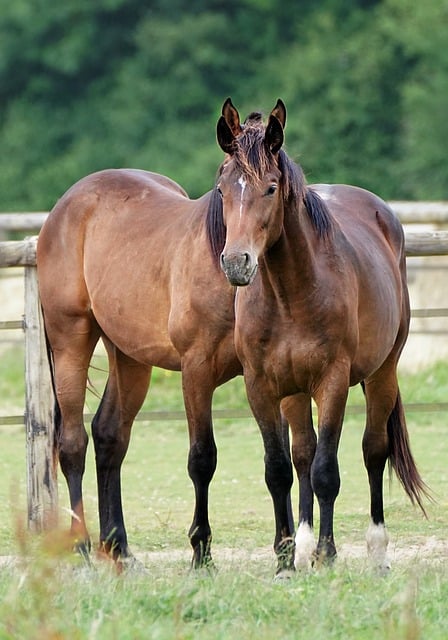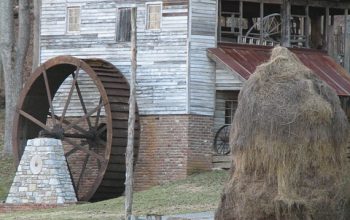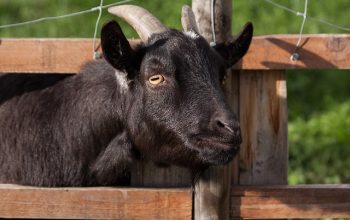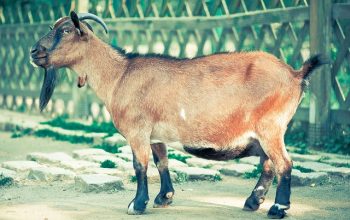In Ontario, farm fencing is essential for horse safety, preventing straying, offering structured exercise spaces, and safeguarding against predators. No-climb horse fences, made with durable materials like high-tensile wire, stop horses from climbing or leaning, ideal for large areas and hilly terrain. Installation by professionals who adhere to local regulations and maintain regular fence checks is crucial. The Provincial Livestock Protection Act (PLPA) governs equine safety, with the Ontario Ministry of Agriculture, Food and Rural Affairs (OMAFRA) providing guidance.
In Ontario, ensuring the safety of horses is paramount. No-climb horse fences are emerging as a crucial solution for farmers and equine enthusiasts alike. This article explores the importance of secure farm fencing for horses, introducing no-climb options with unique features designed to prevent escapes and injuries. We delve into installation best practices, maintenance tips, and the legal framework surrounding farm fencing in Ontario, providing an indispensable guide for creating safe environments for these majestic animals.
- Understanding the Need for Safe Horse Fencing in Ontario
- Introduction to No-Climb Horse Fences: Features and Benefits
- Installation and Maintenance Considerations for Optimal Safety
- Legal and Regulatory Aspects of Farm Fencing for Equine Safety in Ontario
Understanding the Need for Safe Horse Fencing in Ontario
In Ontario, ensuring the safety and well-being of horses is paramount for farmers and equine enthusiasts alike. This beautiful province, with its diverse landscapes, offers both stunning natural settings and vast agricultural areas, making it home to many horse farms. However, with great freedom comes equal risk; thus, a robust farm fencing system becomes an indispensable component in the landscape of horse ownership.
The need for safe horse fencing is multifaceted. Firstly, it prevents horses from straying into nearby roads or bodies of water, reducing the risk of accidents and ensuring their return to safety. Secondly, these fences create designated areas, allowing for structured exercise routines and better management practices. Effective farm fencing also acts as a barrier against potential predators, protecting vulnerable equines and fostering an environment conducive to their health and happiness.
Introduction to No-Climb Horse Fences: Features and Benefits
No-climb horse fences are an innovative solution for Ontario farmers and equine enthusiasts looking to enhance safety on their properties. These specialized farm fencing systems are designed with a unique, intricate design that prevents horses from climbing or leaning against them, ensuring a secure enclosure. Crafted with robust materials like high-tensile wire and sturdy posts, no-climb fences offer both strength and flexibility, catering to various terrain types commonly found in rural Ontario.
The primary benefit lies in their effectiveness at deterring horses from escaping, which is particularly crucial for large land areas or hillsides where traditional fencing might not provide adequate containment. Additionally, these fences promote horse welfare by eliminating the risk of injury associated with climbing, a natural behavior for these animals. Their sleek design also minimizes visual impact, preserving the aesthetic appeal of rural landscapes while providing a reliable barrier for secure horse management.
Installation and Maintenance Considerations for Optimal Safety
The installation of a no-climb horse fence is a significant step in ensuring the safety and well-being of your equine on Ontario farms. Proper placement, securing posts, and a solid foundation are crucial for structural integrity. It’s recommended to work with professionals who understand local regulations and can install the fence according to manufacturer guidelines. Regular maintenance, including checking for loose panels or posts, tightening connections, and replacing worn components, is essential to keep the fence effective over time.
Fencing maintenance involves keeping an eye out for potential hazards like sharp edges or weak points, especially after severe weather events. Cleaning the fence regularly helps prevent debris buildup that could impact visibility and stability. Additionally, staying current with farm fencing regulations in Ontario ensures your no-climb horse fence meets safety standards, providing a secure environment for your horses to roam freely while minimizing risks.
Legal and Regulatory Aspects of Farm Fencing for Equine Safety in Ontario
In Ontario, ensuring the safety of equines on farms is not just a best practice but also a legal requirement. The Provincial Livestock Protection Act (PLPA) sets standards for farm fencing to prevent livestock from escaping or straying onto public roads and properties. For equine facilities, this means implementing robust farm fencing that meets specific criteria. One innovative solution gaining traction is the no-climb horse fence, designed to be sturdy and secure while also preventing horses from leaning against or climbing over.
Regulatory bodies like the Ontario Ministry of Agriculture, Food and Rural Affairs (OMAFRA) oversee compliance with the PLPA. They provide guidelines and resources for farmers, including recommendations on suitable fencing materials and designs. By adhering to these regulations, equine owners not only ensure their animals’ safety but also protect themselves from potential legal issues related to livestock management. Effective farm fencing, such as no-climb horse fences, is a visible sign of responsible stewardship, fostering a harmonious relationship between farms and the surrounding communities in Ontario.
In Ontario, ensuring the safety of equines through robust farm fencing is paramount. No-climb horse fences emerge as a game-changer, offering both security and peace of mind for owners. By understanding the unique features and benefits of these innovative barriers, along with proper installation and maintenance practices, equine safety can be effectively enhanced. Moreover, adhering to legal and regulatory guidelines regarding farm fencing ensures compliance and further safeguards the well-being of these magnificent animals.




